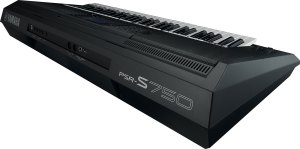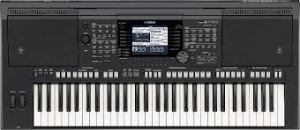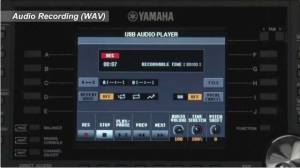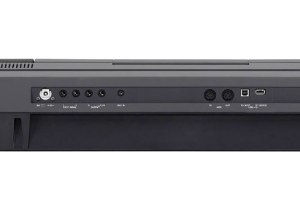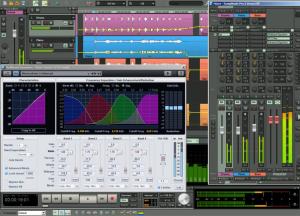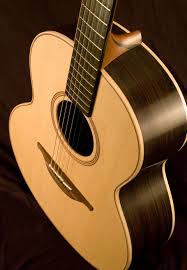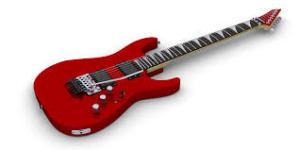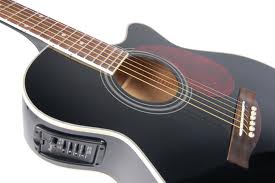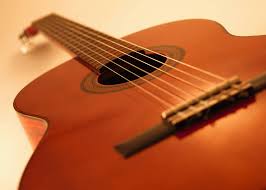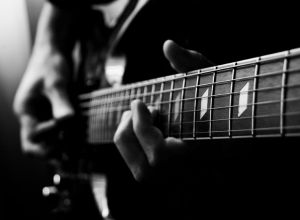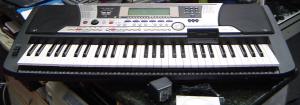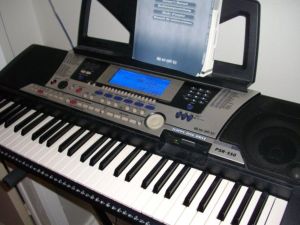So, Recently, i got a chance to try this amazing Machine, yeah!
The title says it all, recently, while ummmm…..exactly i don’t know what i was doing, but i came across this another offering from Yamaha, the PSR-S750 Arranger Workstation. True to it’s tradition,it offered an amazing sound feedback, crisp notes, and a loads and loads and loads of features. While i had just a week, or maybe a couple of days, but i truly was left with no words for what it was capable of doing!
This 61-key feature-packed music creation machine can handle everything from writing and arranging to recording and performing.It features hundreds of AWM (Advanced Wave Memory) stereo sampled voices, authentically capturing the sound and nuance of many different instruments. Additionally, this model have auto-accompaniment, integrated USB audio recorders, 4 Multi-Pad triggers, digital amplifiers and built-in speakers, and the list continues………
Arriving at the official scene, the specifications as promised by the company are:
________________________________________________________________________________________________
– Keyboard: 61-Key organ-style w/ 5 levels of touch response
– Pitch Wheel: Yes
– Mod Wheel: Yes
– Multi Pads: 126 banks x 4 pads
– Display: 5.7″ B/W LCD w/ Contrast
– Languages: English, German, French,Spanish, Italian
– Sound Source: Tone Generating Technology with AWM Stereo Sampling
– Maximum Polyphony: 128 notes
– Voices: 678 Voices + 28 Drum/SFX Kits + 480 XG Voices + GM2 + GS
– Featured Voices: 38 Super Articulation Voices, 18 Mega Voices, 24 Sweet! Voices, 46 Cool! Voices, 29 Live! Voices, 10 Organ Flutes
– Voice Expansion Capacity: max. 64MB
– Voice Parts: Right 1, Right 2, Left
– Voice Compatibility: XG, XF, GS, GM, GM2
– Built-In Effects: Reverb, Chorus, Master EQ,Part EQ, DSP
– Accompaniment Styles Presets: 325
– Featured Styles: 295 Pro, 30 Session
– Fingering: Single Finger, Fingered, Fingered On Bass, Multi Finger, AI Fingered, Full Keyboard, AI Full Keyboard
– Style Control: 3 x Intro, 4 x Main Variation, 4 x Fill, Break, 3 x Ending
– File Format: Style File Format, Style File Format GE
– Preset Songs: 5
– Song Capacity: Unlimited with flash drive(s)
– Tracks: 16
– Data Capacity: approx. 300KB per song
– Recording Function: Quick Recording, Multi Recording,Step Recording
– Compatible Data Format: Playback: SMF (Format 0 & 1), XF Recording: SMF (Format 0)
– Registration: 8 presets per bank (unlimited banks with USB flash drive(s)
– Lesson/Guide: Performance Assistant Technology: Follow Lights, Any Key, Karao-Key,Your Tempo
– Demo/Help: Yes
– USB Audio Recorder: Playback: WAVRecording: WAV
– Metronome: Yes
– Tempo Range: 5 to 500 BPM, Tap Tempo
– Transpose: -12 to 0 to +12 semitones
– Tuning Calibration: 414.8 to 440 to 466.8 Hz
– Octave Button: Yes
– Scale Type: 9 presets
– Direct Access: Yes
– Text Display Function: Yes
– Voice Creator: Yes
– Style Creator: Yes
– Song Creator: Yes
– Score Display Function: Yes
– Lyrics Display Function: Yes
– Multi-Pad Creator: Yes
– Time Stretch: No
– Pitch Shift: No
– Vocal Cancel: No
– Internal Memory: approx. 1.9MB
– Compatible External Drives: USB flash drives
– Internal Memory for Expansion: approx. 64MB
– Main Outputs: 1 x 1/4″ TRS – L/Mono, 1 x 1/4″ TRS – R
– Headphone Output: 1 x 1/4″ TRS stereo
– Microphone Input: No
– Aux. Input: 1 x 1/8″ TRS stereo mini
– USB-A (to device): Yes
– USB-B (to host): Yes
– MIDI Ports: In / Out
– Foot Pedal: 2 x 1/4″
– Video Output: No
– Amplifiers: 2 x 15W
– Speakers: (2) 5.1 x 2″ (13 x 5 cm) speakers
– DC Input: 16V
– Power Supply: PA-300C or equivalent
– Power Consumption: 13W
– Auto Power Off Function: Yes
– Dimensions (W x H x D): 39.4 x 5.8 x 17.2 in.(1002 x 148 x 437 mm)
– Weight: 24.25 lb (11 kg)
_________________________________________________________________________________________
Whoa! That was a long……very long spec sheet! Impressive……….isn’t it??
It features 678 Voices, including 38 Super Articulation Voices, 18 Mega Voices, 24 Sweet! Voices, 46 Cool! Voices, 29 Live! Voices and 10 Organ Flutes. If you’re not already impressed with the possibilities, Yamaha offers Voice and Style Expansion packs, allowing you to add sampled instruments from all over the world. The PSR-S750’s dual 15-watt stereo speaker system amplifies these sounds beautifully, but you can also plug into to an amp or directly to the house PA via stereo 1/4-inch outputs. PSR-S750 features over 300 pre-loaded styles complete with intros, thematic variations, fill types, breaks, and outros. A range of dedicated controls makes directing your virtual band easier. The powerful Music Finder tool sets a Style, tempo, and variation settings when you select the title of a popular song you want to play. Yeah, not forgetting it also gives along with it, the flexibility to the user to compose his very own, unique backing tracks with realistic and sensational sounds. Another feature to woo you is iPhone, iPod, and iPad connectivity with Yamaha’s i-MX1 interface. Awesome……isn’t it?
To wrap up, The Yamaha PSR-S750 is packed with amazing Voices, Styles and comprehensive features to help you create, arrange, perform and record your music in any genre.
Additionally, the built-in FlashROM lets you load new Voices and Style Expansions (VSE) from around the world..
